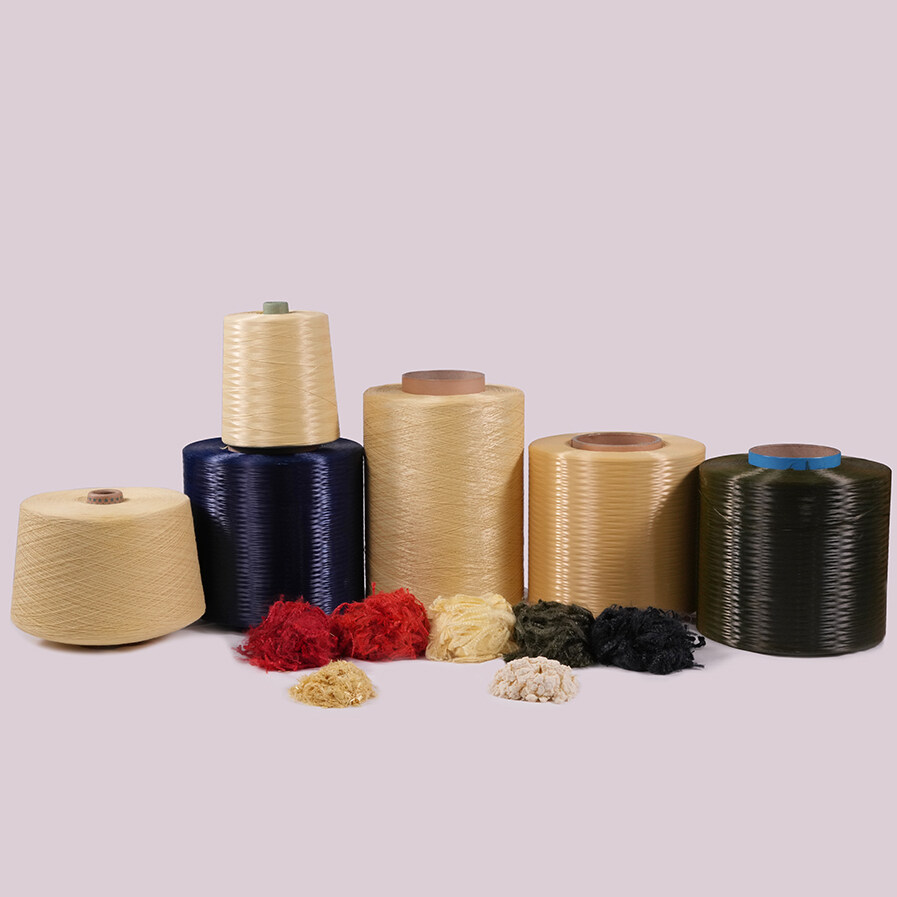Aramid Paper Prepregs: Manufacturer Insights
In the realm of advanced materials, aramid paper prepregs stand out as an indispensable innovation. But what exactly goes on behind the scenes in the manufacturing process of these remarkable materials? Join us on a journey as we delve into the fascinating world of aramid paper prepregs and uncover the secrets of their production.
Aramid paper prepregs are composite materials consisting of aramid fibers impregnated with a resin matrix. These materials possess exceptional strength, heat resistance, and chemical stability, making them ideal for a wide range of applications, from the aerospace and automotive industries to electronics and sporting goods.
At the heart of aramid paper prepreg manufacturing lies precision and expertise. It all begins with the selection of high-quality aramid fibers, known for their remarkable tensile strength and heat resistance. These fibers, often derived from poly-paraphenylene terephthalamide (PPTA), are meticulously processed to ensure uniformity and consistency in the final product.
Next comes the resin matrix, which plays a crucial role in imparting additional properties to the prepreg, such as adhesion, flexibility, and thermal stability. Manufacturers carefully choose the resin based on the specific requirements of the intended application, whether it be epoxy, phenolic, or other thermosetting resins.
Once the fibers and resin are ready, the impregnation process begins. This is where the magic truly happens. The aramid fibers are carefully coated with the resin matrix, either through hot melt or solvent impregnation techniques. Precision is key here, as any inconsistencies in resin distribution can affect the mechanical properties of the final product.
After impregnation, the prepreg undergoes a curing process to solidify the resin matrix and ensure optimal bonding between the fibers. Temperature and pressure are carefully controlled during curing to achieve the desired mechanical properties and dimensional stability.
But the journey doesn't end there. Quality control is an integral part of aramid paper prepreg manufacturing. Manufacturers employ a range of techniques, including visual inspection, mechanical testing, and thermal analysis, to ensure that each batch meets stringent quality standards.
Furthermore, customization is often a significant aspect of aramid paper prepreg production. Manufacturers work closely with customers to tailor the material properties to their specific needs, whether it be adjusting fiber orientation, resin content, or surface finish.
The applications of aramid paper prepregs are as diverse as the imagination allows. In the aerospace industry, they are used in aircraft structures, providing lightweight yet durable components that withstand the rigors of flight. In the automotive sector, they find their place in high-performance vehicles, offering enhanced crash resistance and fuel efficiency.
But perhaps most intriguingly, aramid paper prepregs are making their mark in emerging technologies such as electric vehicles and renewable energy systems. Their exceptional thermal and electrical insulation properties make them invaluable in battery enclosures and power electronics, paving the way for a greener, more sustainable future.
In conclusion, the world of aramid paper prepregs is a testament to human ingenuity and innovation. From the careful selection of raw materials to the precision manufacturing processes and endless possibilities for customization, it's clear that these materials are more than just products; they're a symbol of progress and possibility. So the next time you marvel at the sleek lines of an aircraft wing or the efficiency of a solar panel, remember the unsung heroes behind the scenes—the aramid paper prepreg manufacturers.


